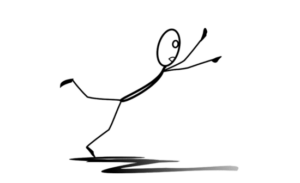
2023 APPA Training Institute And Implementation Leadership Summit
See ACJI in action at the 2023 APPA Training Institute in NYC, including ACJI’s 2nd Implementation Leadership Summit.

See ACJI in action at the 2023 APPA Training Institute in NYC, including ACJI’s 2nd Implementation Leadership Summit.

Many community reentry organizations are turning to actuarial risk assessments but that’s often the wrong tool for the job. We’d like to offer a better alternative for needs assessments – the INSIT.

Implementation Science asks justice leaders to help their teams understand The Why behind an effort. Here’s how to shift the focus from rules to mindsets.

Culture is king over change. If you want to succeed at implementing a new or reenergizing an existing program, policy, or initiative, you need to start by understanding organizational culture.

The next time you find yourself resisting change in your justice organization, consider these solutions.

Make the failing forward concept part of your every day consciousness at work. It’s time for those working in justice to try something new.

We challenge you to take an adaptive mindset and deploy adaptive solutions to overcome change resistance in your agency. In this post, we give you examples of adaptive problems and their solutions.

Ensure your change initiative doesn’t get further eclipsed by poor problem diagnosis and solving. Learn the difference between technical and adaptive problems and solutions.

There is little implementation in the comfort zone and little comfort in the implementation zone. We cannot expect to change our practices, habits, culture, organization, and outcomes without a corresponding change in our perception of what is comfortable.